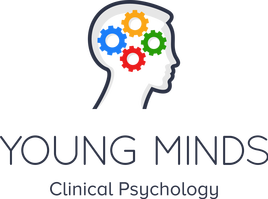Georgia describes an incident when her daughter Marisa became upset for no apparent reason. “She burst into tears out of blue. When she was calm enough she told us how she felt like we never listened to her and that my husband and I were always busy doing other things. At first we just thought this was just normal and she was overreacting. But then when we thought about it a bit more, we realized it was true. Between work, and our family, we just seemed to go from one thing to another. I could imagine how we would come across preoccupied and disinterested to her”.
Despite the time pressures that confront families today, research on the trends in parental time invested in children since the 1960s in industrialized countries show that parents appear to be devoting more time to children than they did 40 years ago. Despite these trends, research on children’s reports of feeling limited emotional connection to their parents, and the rising trend of mental health concerns in children, paints a different picture. One explanation to these seemingly contradictory findings is the increase of ‘parental presenteeism’ – parents who are physically present with kids, but lacking the capacity to attend and focus completely on their interactions with their children, without being preoccupied with other thoughts or worries.
Parent Presence consists of three parts:
- Pause: Giving yourself permission to stop or pause what you are doing for a few minutes. If possible, making sure your feet are firmly on the ground.
- Breathe: Focus on your breathing. Breathe in slowly, right down into you belly, and then exhale completely. Take 5 or more slow breaths, being aware of each breath in and each breath out. After several breaths, you will find that your heart rate has slowed down, your breathing is deeper, and you feel calmer and more attentive.
- Play: Being in a calm state, parents often are better able to respond in a thoughtful and considered way to their child. Georgia explains her experience of the strategy. “I found I was more likely to listen to what Marisa was saying and be more aware of what she was feeling”.
Many things can get in the way of parents feeling mentally present with their children. Time pressures, work and busy life styles are obstacles to this state of mind. “I used to be one of those people who thought relaxation and deep breathing was just hippy mambo jumbo”. Georgia describes the benefits of the strategy with a useful metaphor. “I suppose now I think of it like being on a aeroplane in an emergency – as a adult, I’ve got to put my oxygen mask on first to then be able to help my child get hers on. Parental Presence is like me putting my oxygen mask on first for my children. It’s a few minutes for myself that helps everyone in the family feel happier”.



 RSS Feed
RSS Feed
